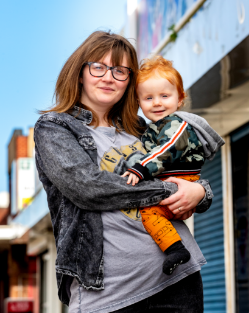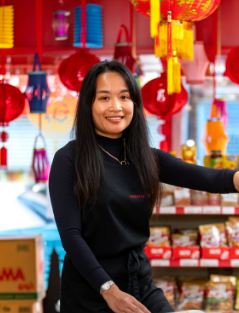COVID Explained
The overall goal of the campaign was to make information about COVID-19 simpler and more accessible for people that are less likely to comply with COVID-19 regulations or to be vaccinated.
Public Health England (later to become UK Health Security Agency and the Office for Health Improvement and Disparities) and the Association for Directors in Public Health in Yorkshire and the Humber, commissioned Magpie to work with Local Authorities in Yorkshire and the Humber and a regional steering group to design and deliver a Coronavirus (COVID-19) campaign for the region, now known as ‘Covid Explained’.
Date
2021 - 2022
Client
UK Health Security Agency, Department of Health and Social care
Scope of work
- Behavioural diagnosis
- Brand development & visual identity
- Campaign development & activation
- Co-production, engagement and community representation
- Stakeholder engagement
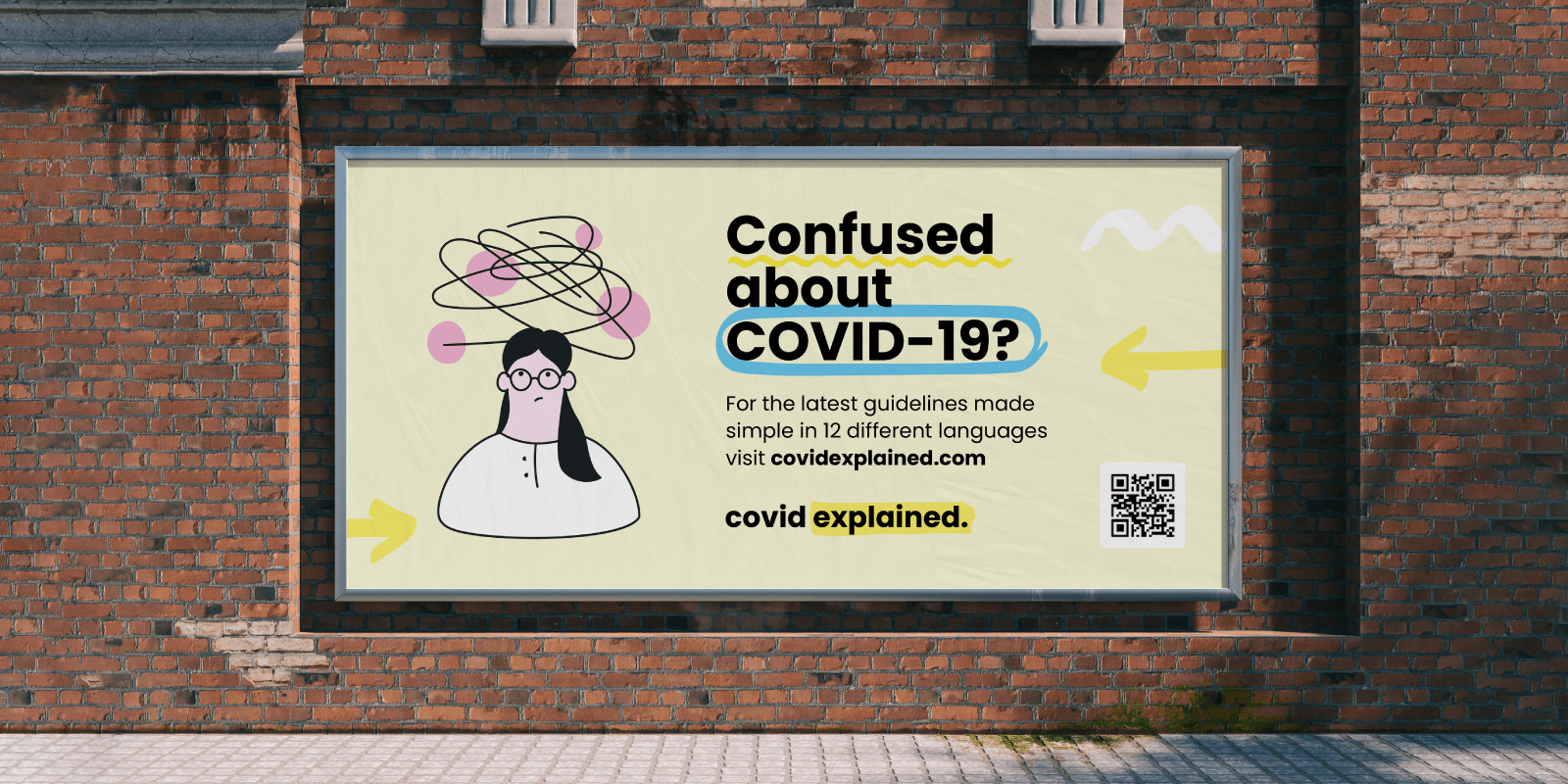

What we did
Developing a trusted regional campaign featuring people from across Yorkshire and the Humber, COVID Explained was designed for the people that top-down national or local campaigns weren’t reaching or convincing.
Rooted in research and behavioural science, the campaign targeted specific audiences that were less likely to be vaccinated or comply with COVID-19 regulations. The original target groups included the following: manual workers; ethnic minorities; people without employment protection; people on low incomes; men; young people between 18 and 30 years old; business and employers (SMEs); and women with fertility concerns. Pregnant women were also later added as a key target group.

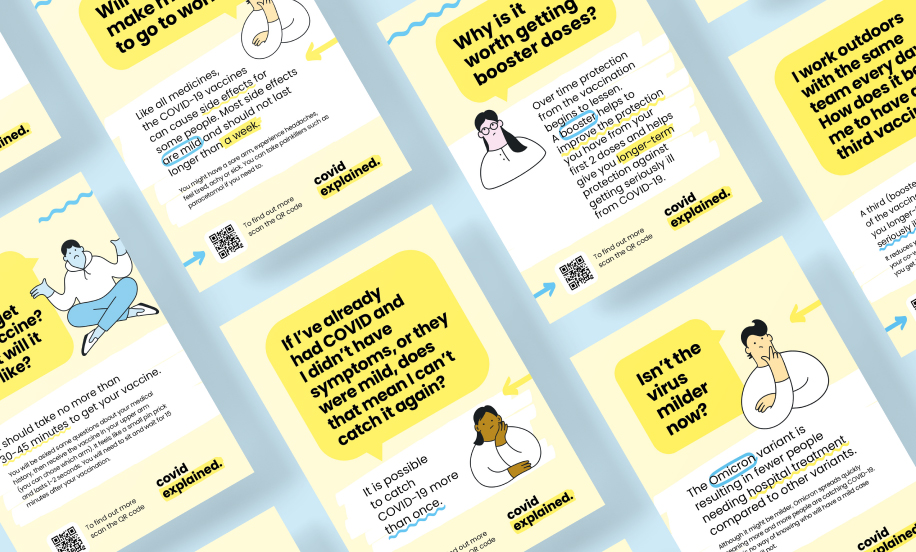

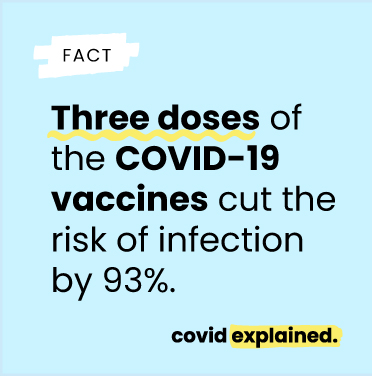





The campaign took a “community-up” approach by disseminating messages through people and groups that were trusted by the target audiences, such as Community Leaders – those who had pre-existing relationships with target groups. Stakeholders, such as local authorities, were also involved in co-creating the campaign and could download resources via an online ‘Stakeholder Hub’.
The campaign implemented behavioural insights techniques to achieve two sets of outcomes:
- Increased vaccine confidence. The pilot aimed to increase vaccine take-up, particularly among at-risk groups, or among those who were less likely to get vaccinated.
- Increased compliance with self-isolation. This was aimed at people with confirmed positive cases and their contacts who were asked to self-isolate.
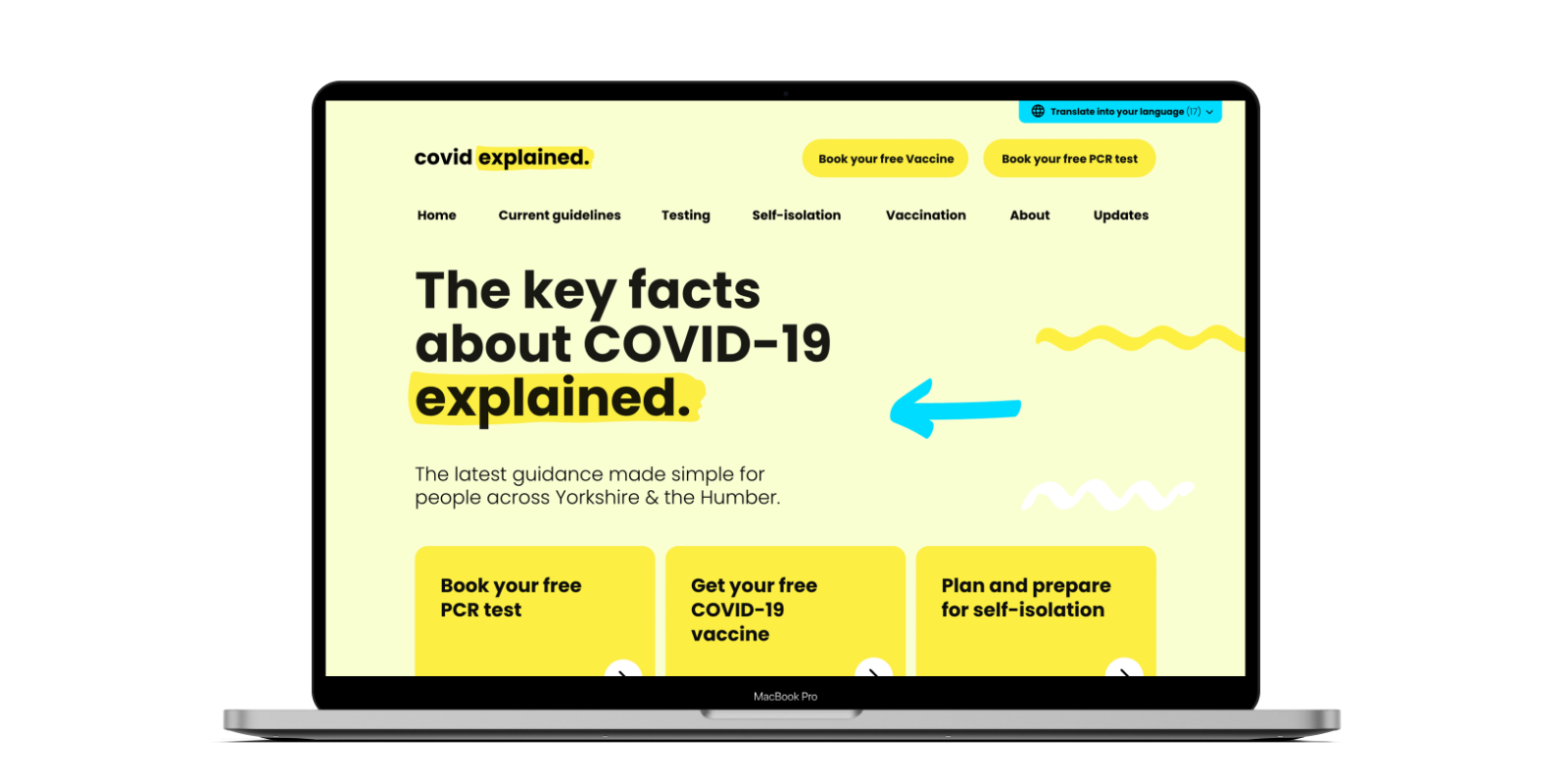
Campaign process
Throughout the campaign, messaging was adapted to align with changes to COVID-19 restrictions, including information about new COVID-19 variants, self-isolation, travel guidelines and testing.
An initial pilot was carried out in two areas of Leeds and Grimsby (a set of Lower Layer Super Output Areas (LSOAs) in each), before elements of the campaign were rolled out more widely across Yorkshire and the Humber. The campaign was intended to be as neutral as possible, providing people with the information and skills necessary to follow COVID-19 restrictions, without being top-down or prescriptive.
Co-created by teams across the UK’s largest region
Magpie involved every council in the region in the creation of the campaign, ensuring that it fitted with their local needs and campaigns.
Telling real people’s stories
By providing tangible, localised and clear facts about COVID-19 through materials that have been designed with trusted local people and promote lived experience, the campaign built trust with people.
Behavioural science
“The COM-B analysis really informed everything through the campaign, from the look, the tone, the colour scheme, the illustrations, the people, the languages used” – Stakeholder interviewed by NatCen who independently evaluated the campaign for UKHSA.
Widening access to health advice resources
“What this campaign needed to do was to give [information on] why the vaccine was safe… in an easy to access way, without ever saying you must get your vaccine”. – Stakeholder interviewed by NatCen who independently evaluated the campaign for UKHSA.
Building trust
As a part of this ‘bottom-up’ approach, campaign materials were shared by community leaders and did not feature any logos affiliated with the government or the NHS. The COM-B analysis indicated that many people in the least vaccinated areas did not always have positive experiences with official sources, and information with logos may not be perceived as trustworthy.
Translated into 12 languages
“Using the 12 different languages had a lot of impact because it meant that people could connect with the guidelines. It helped connect with different audiences.” – Stakeholder interviewed by NatCen who independently evaluated the campaign for UKHSA.
Testimonial
“The campaign did explain to the community more clearly why they needed to stay at home and definitely had an impact.”
Campaign impact
The campaign was independently evaluated by NatCen, with findings presented back to the UK Health Security Agency Advisory board, the Health Protection Community of Improvement Network and the Yorkshire and Humber Association of Directors of Public Health Network.
In addition to this, there were significant findings comparing the following areas before and after the campaign:
- The more COVID Explained materials people saw, the more positive their attitudes were to self-isolation and testing.
- Access to information improved. Participants were significantly more likely to report that they knew where to get their vaccination, testing, and isolation information due to following the campaign, compared to before the campaign.
- Knowledge and understanding of health rules significantly increased pre- to post- campaign, with a greater increase seen in ethnic minority groups compared with ethnic majority groups. Vaccine confidence increased. Participants were significantly more likely to agree with statements that the vaccination is safe and that it protects the self and others, following the campaign, compared to before the campaign.
- Participants’ intentions to get tested following close contact with a positive case increased significantly from pre- to post-campaign. Participants’ intentions to get vaccinated and to self-isolate were already extremely high at baseline and this reflects the difficulty in accessing the target audiences for evaluation even with the required sample size from the targeted postcodes.
- Printed materials, accompanied with audio only versions in 12 languages, were preferred more than online resources (49% vs 34%) and most people who used them either found new information, or found the resources helpful and easy to understand. More people in the ethnic minority group found new information in the website compared to people in the ethnic majority group.
100%
100% engagement across all 15 Local Authorities in Yorkshire and the Humber during campaign development and co-creation.
400
Network mobilisation of 400 experts, communicators and community organisers working on the front line of COVID-19 in the region.
Campaign in images (5)

Meet Armanj
We went to Harehills in Leeds to speak to Marnaj and he was really keen to get involved in the campaign because he and several of his friends has become ill because of COVID. “I had no power, no energy at all. I felt totally, miserably tired. My taste was missing and I can’t smell anything at all.”
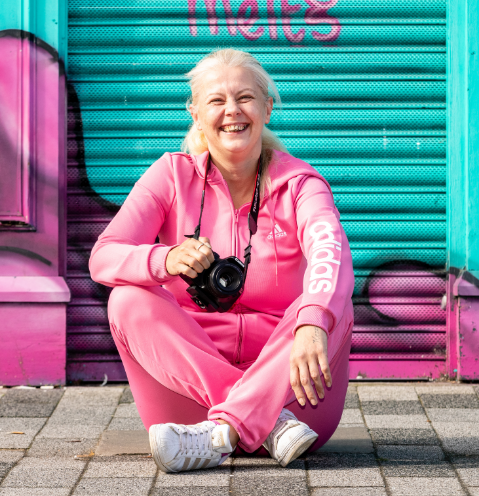
Meet Kelly
“It affected my breathingwhich was awful, andusually I’m an activeperson but I was justknocked off my feet.”

Meet Julie
“Having the vaccine wasreally straightforward, and I didn’t get any side effects except for aheavy arm.”

Meet James
“I live on my own butluckily my sister helpedand dropped off food,things to put in the ovento keep me going.”

Meet Zakaria
“I was struggling tobreathe. It felt like adangerous time for meand it lasted much longerthan I thought it would.”
Testimonial
“Covid Explained helped to reduce inequalities in access to, and understanding of, basic information and this is learning that can be taken forward in other priority areas.”
See more projects:
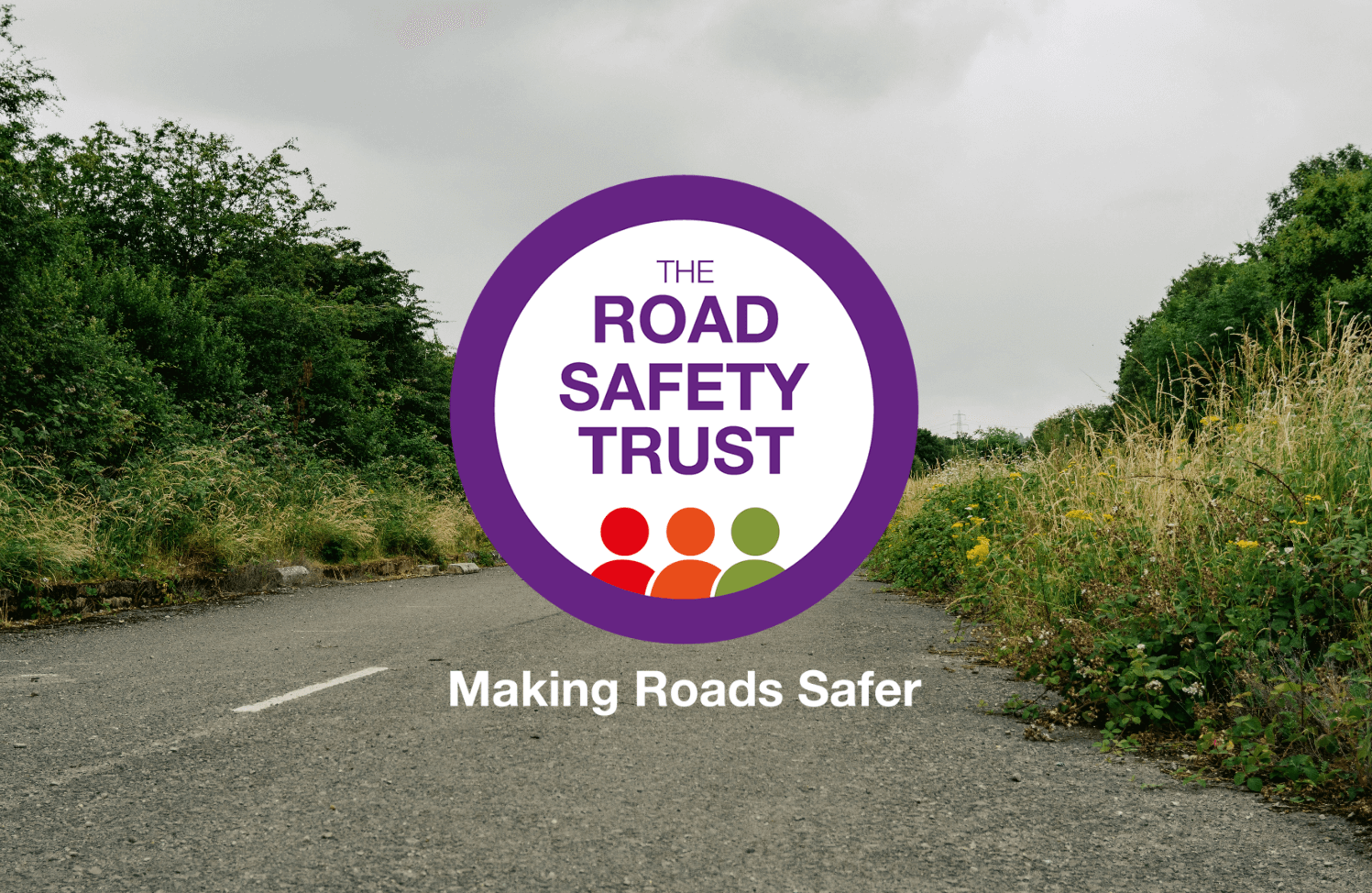
The Road Safety Trust
A mixed-methods research project designed to develop a nuanced and deeply empathetic understanding of the landscape and needs of road safety changemakers across the UK. Through meaningful and rigorous engagement with these diverse changemakers, the project laid an evidence-based foundation for the Road Safety Trust's future strategy, enabling a truly insight-led and holistic approach to enhancing road safety.
Read more
Rewilding Britain
With Rewilding Britain we developed a digital-first strategy that mobilised public support, drove petition sign-ups, and influenced UK political commitments to rewilding.
Read more
